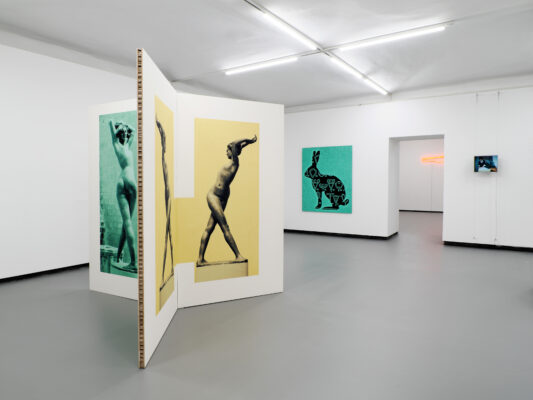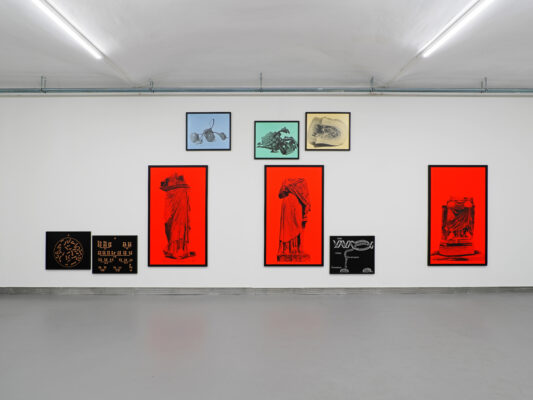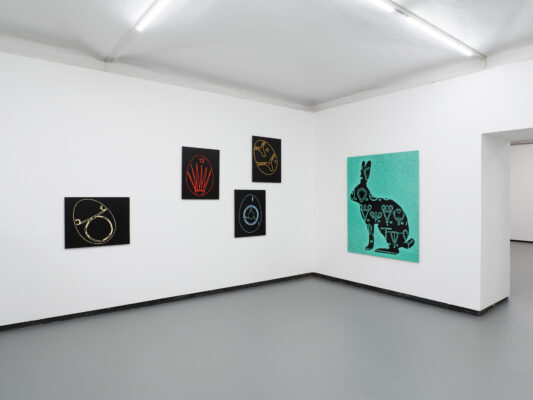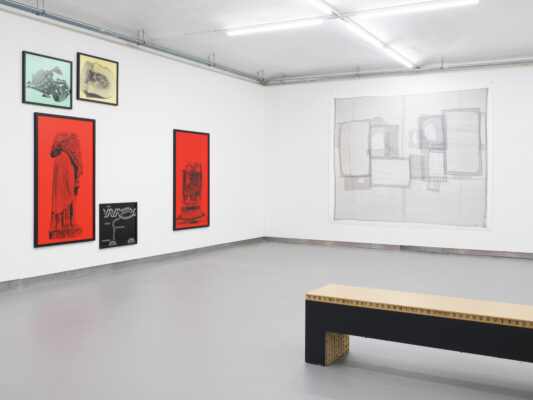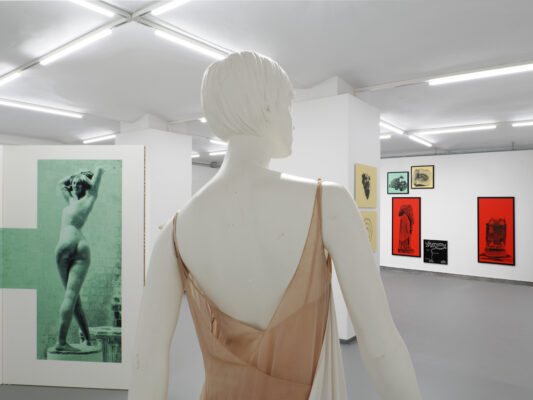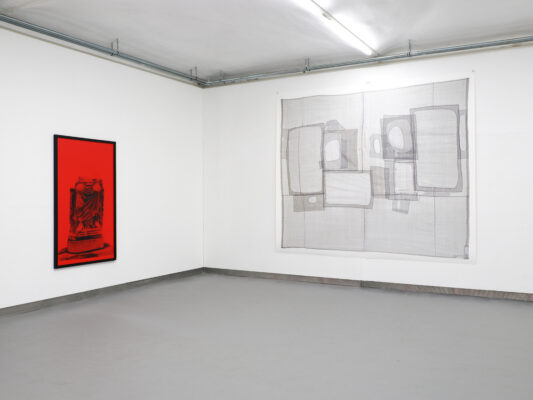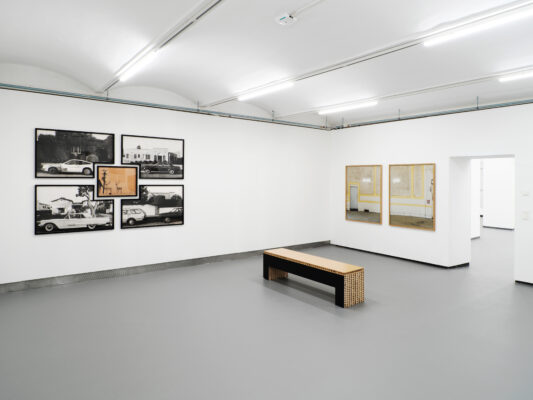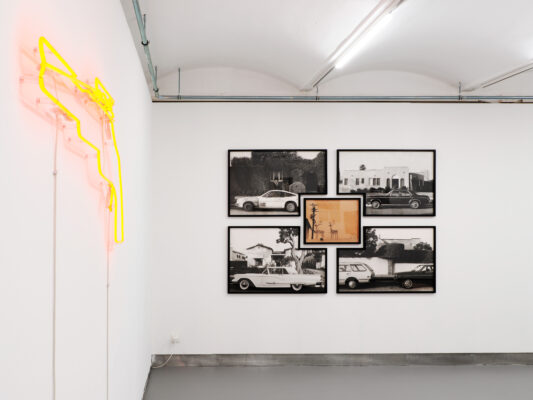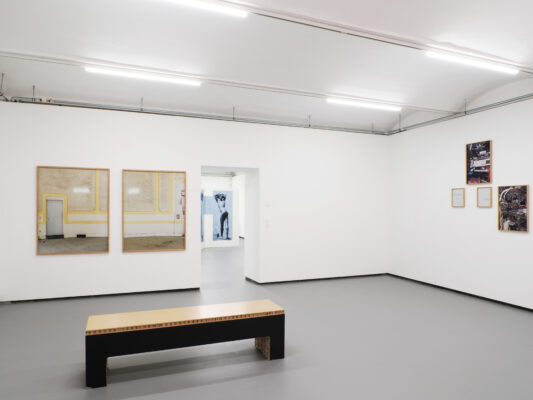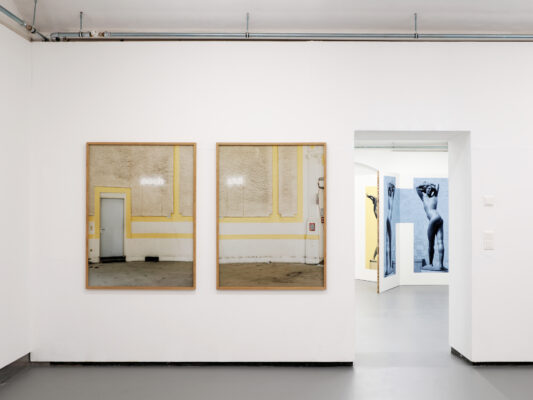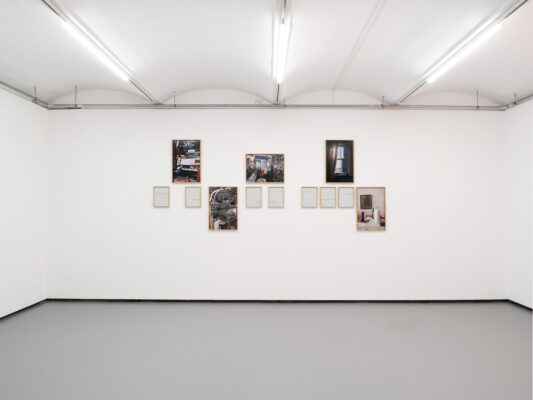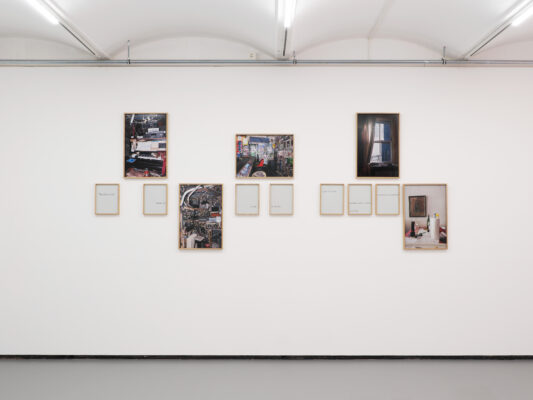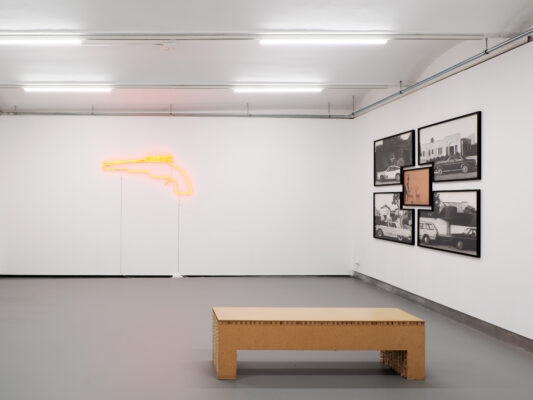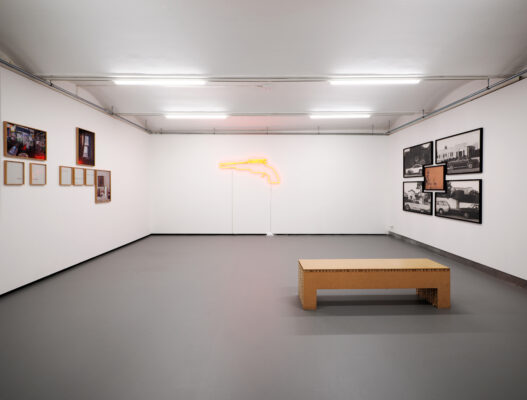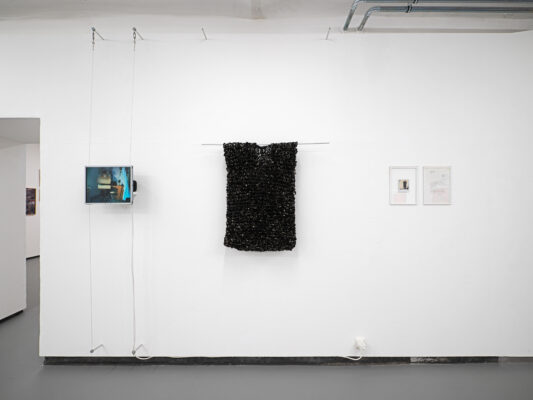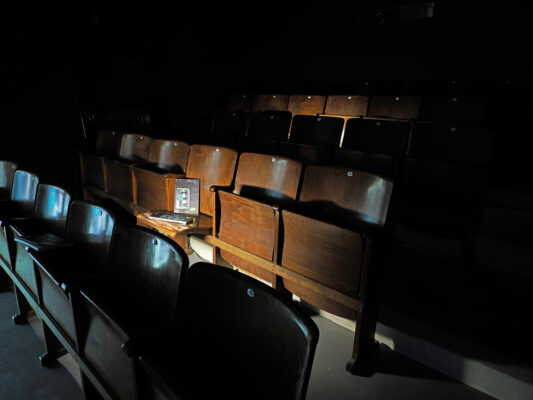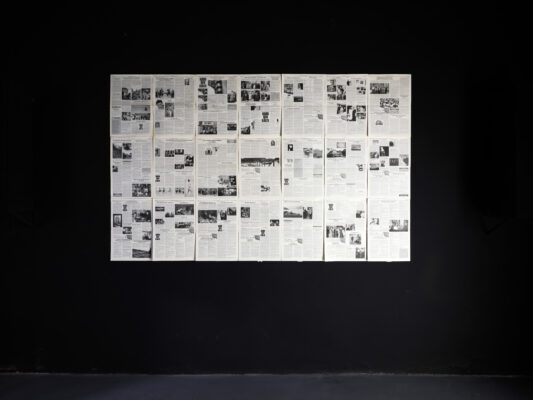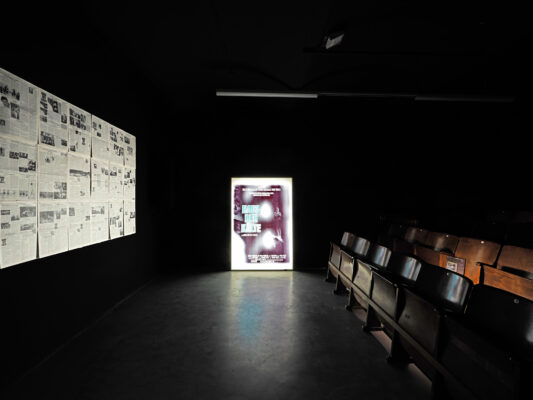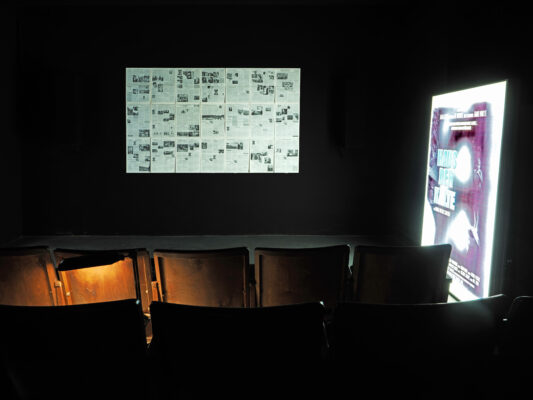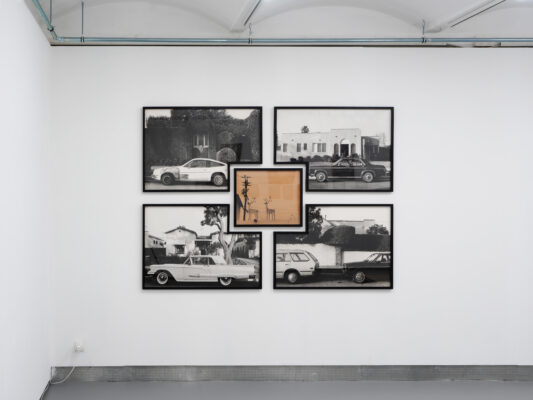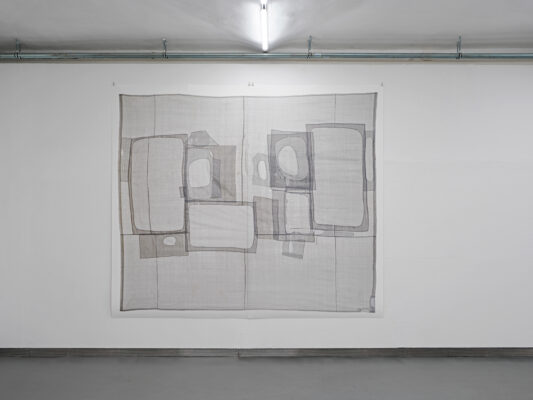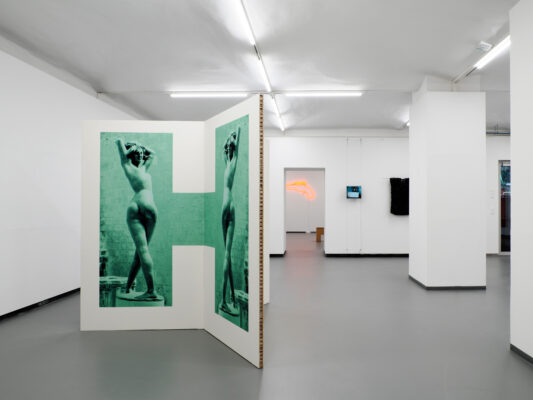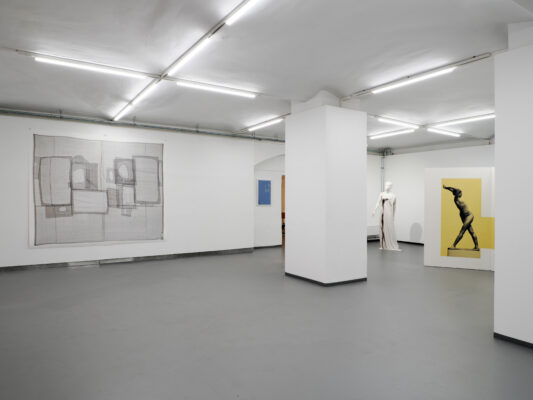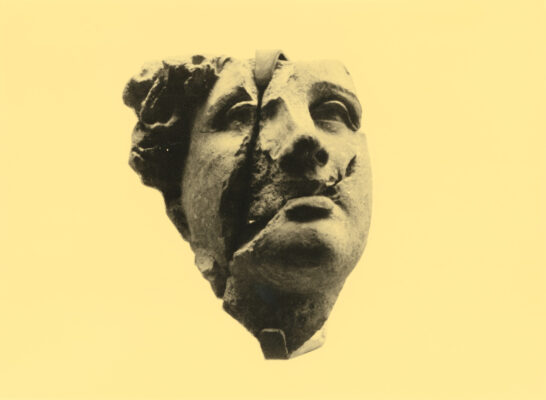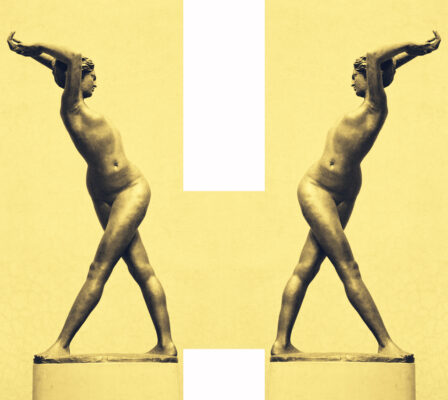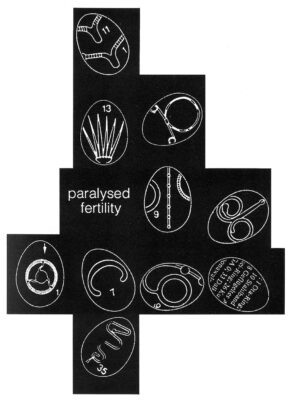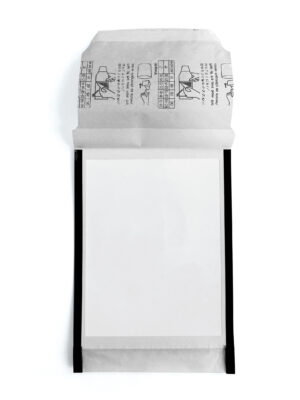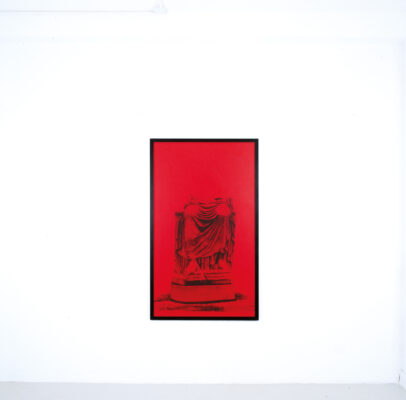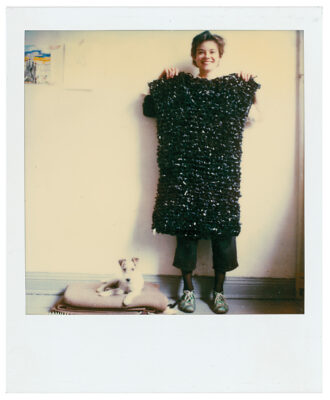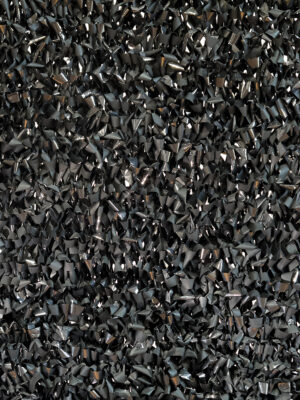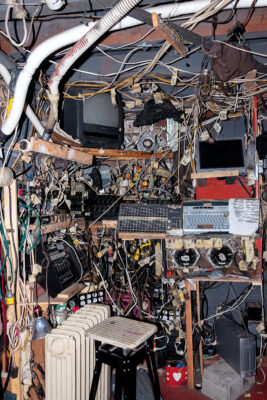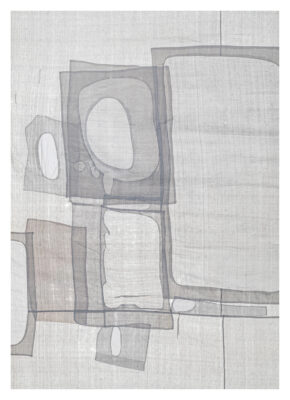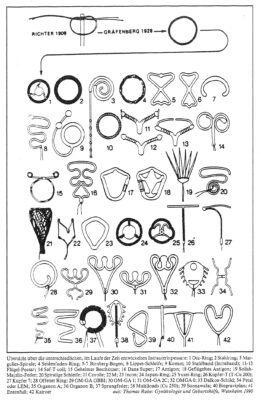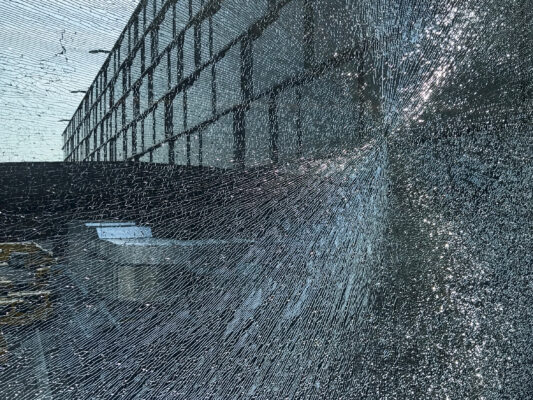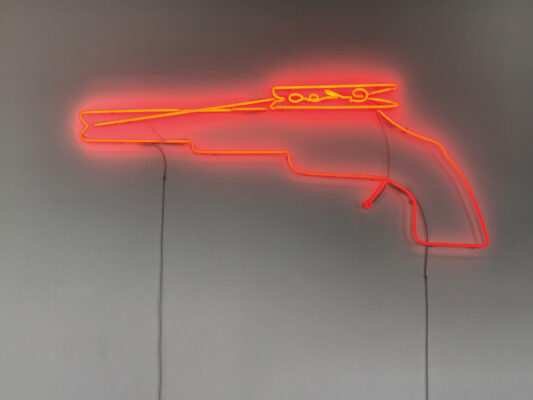Opening and catalogue presentation:
Monday, 23 October 2023, 7 p.m.
Opening speech: Ruth Horak
In cooperation with: VIENNA ART WEEK:
Gallery Tour: Friday, 10 November, 5–6.30 p.m.
Artist Talk: Thursday, 16 November, 7 p.m.
Finissage with Reflektor-Photo book Breakfast
Andrea van der Straeten in conversation with Vreni Hockenjos:
Saturday, 25 November, 11 a.m.
sponsored by: BMKOES; MA7-Kultur; Cyberlab
thanks to: Harvey Dzodin, Berthold Ecker, Nela Eggenberger, Georg Fischer, Verena Gamper, Taiyoung Ha, Thomas Hörl, Matthias Klos, Sylvia and Robert Liska, Marie Röbl, Gabriele Rothemann, Angelo Stagno, Christian Wachter and especially Ruth Horak and the collective of FOTOGALERIE WIEN as well as the collection of the state of Upper Austria
WERKSCHAU XXVIII is the continuation of the annual exhibition series of FOTOGALERIE WIEN, in which contemporary artists are presented who have significantly contributed to the development of art photography and the new media in Austria. To date there has been a cross section of work by Jana Wisniewski, Manfred Willmann, VALIE EXPORT, Leo Kandl, Elfriede Mejchar, Heinz Cibulka, Renate Bertlmann, Josef Wais, Horáková + Maurer, Gottfried Bechtold, Friedl Kubelka, Branko Lenart, INTAKT – Die Pionierinnen (Renate Bertlmann, Moucle Blackout, Linda Christanell, Lotte Hendrich-Hassmann, Karin Mack, Margot Pilz, Jana Wisniewski), Inge Dick, Lisl Ponger, Hans Kupelwieser, Robert Zahornicky, Ingeborg Strobl, Michael Mauracher, PRINZGAU/ podgorschek, Maria Hahnenkamp, Robert F. Hammerstiel, Sabine Bitter & Helmut Weber, Michaela Moscow, Günther Selichar, Heidi Harsieber and Christian Wachter.
We are glad to present now the WERKSCHAU XXVIII with artist Andrea van der Straeten.
Andrea van der Straeten’s works are representative of the changes the medium of photography underwent in the 1980s and which introduced it into the art world where it was received with open arms. As part of this movement, Andrea van der Straeten conceived and produced photographs for the wall, rejected the rules of format, presented her photos as large-scale displays or lying on the floor, used new large-format paper sizes or pre-tinted special papers which came onto the market. Since then she has been operating at the edges of the medium and also sabotages the techniques of painting and material. Her works are political, feminist and cultural-historical; her visual language is lively and memorable with a wealth of forms.
Already in the early, multipart work, Innocent Bystanders (1991), she called on visitors to the Vienna Secession to reflect on current debates about money, genetic engineering and the population explosion from an unexpected point of view. (…) The photographs of the bronze of a naked woman in the three-part work, W.H.M. (1991), in which the noticeably twisted body has a different effect from every angle, invites a feminist interpretation of the pose. After all, to twist and turn is what one would await from a woman who is expected be whore, helpmeet and mother all in one. (…)
The countless times that the bedsheet in Territory (2021) has been repaired, can be read as a plea for a considered use of resources. The back lighting the artist used for the translation of the object into a photograph on a 1:1 scale throws light on the fine structure of the woven cloth and makes the geometry of the patches appear to be a topographical map which represents the territories of the inhabitants. (…)
With Mein Video ist mein Hemd (1986), Andrea van der Straeten turned the medium of video, which had been important since the 1980s, upside down. She had fulfilled all the requirements demanded by the video festival to which she submitted the work – the informations on duration, contents, sound and colour lay in front of the jury – just not in the form that the organisers had expected. This was because the artist had unwound the magnetic tape from its spool and knitted it into the shirt which she submitted. The medium was sabotaged: it was not its ability to record data that was used, but its materiality.
In 2013 she linked the gambling games of the capital and real estate market to the consequences they have on specific people and locations and gave photographs such as that of the chaotic technical control room of a tiny New York Opera House the polemical title, Like Adventures. Meanwhile, the consequences of economic exploitation are even better known and need more radical commentary: a pistol, broken display windows or the remark “that rationality decays with time” make it possible to see the clear veto against the destruction of our planet in the current exhibition’s title: burning down the house. Or, to quote another line from the same song by the Talking Heads from 1983 “We’re in for nasty weather”. Ruth Horak
Ruth Horak
